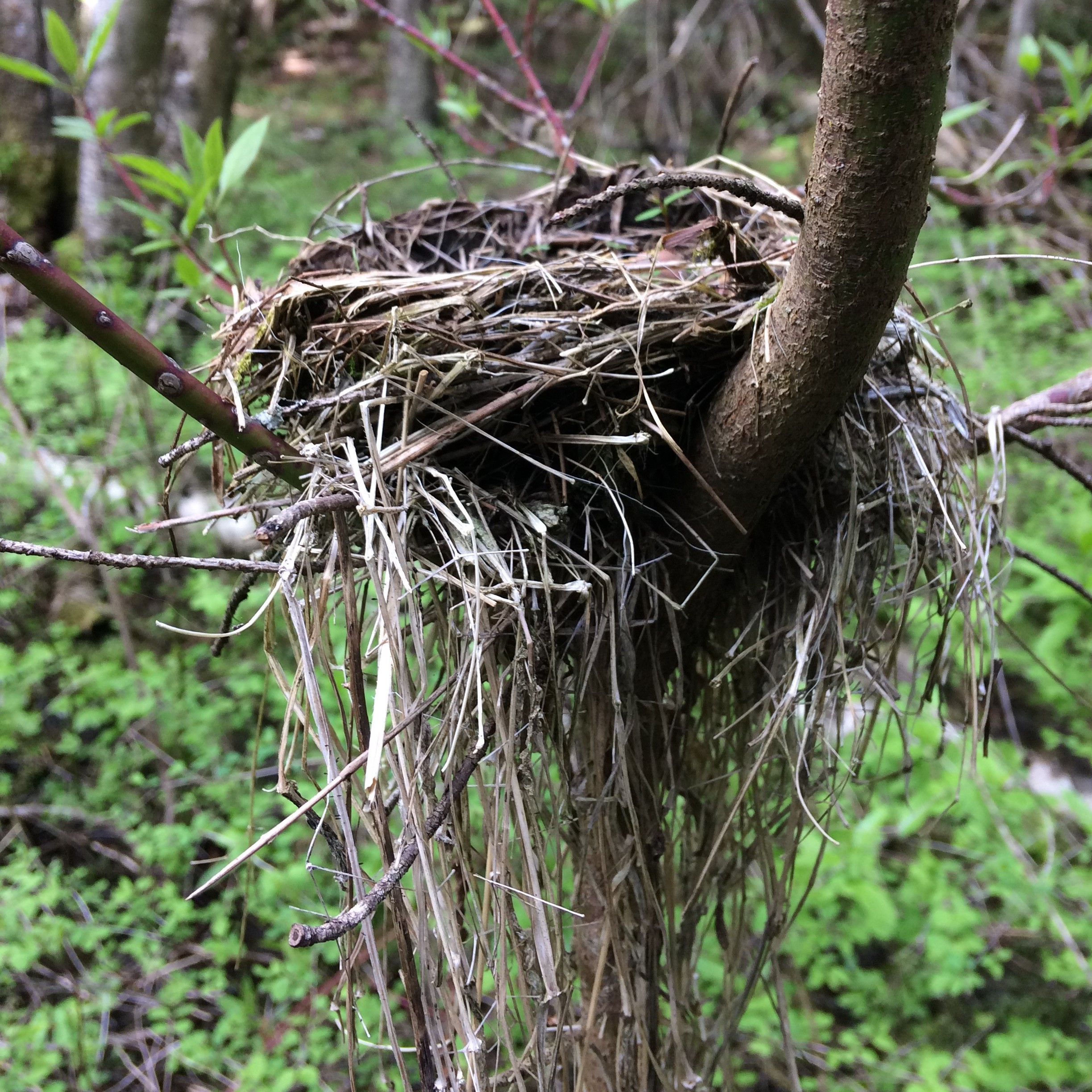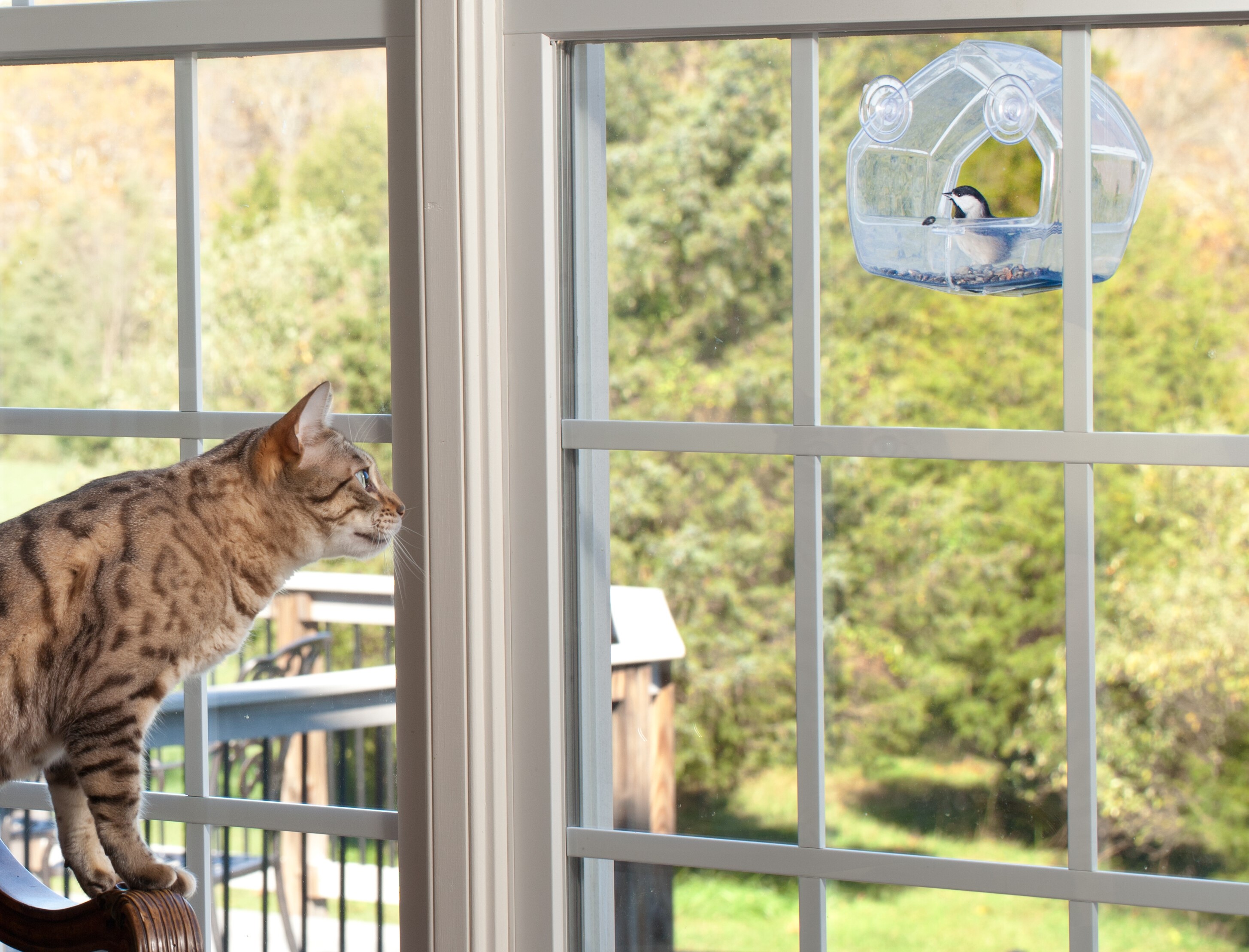Wildlife
The diverse topography of Chilliwack, including flat lowlands, treed hillsides, and many streams, creates suitable habitat for a vast variety of species. Visit WildSafe BC to learn more about humans, and our pets, safely sharing space with wildlife. Among these various species, some are designated species at risk, which are part of the national Species at Risk Public Registry. Chilliwack is also home to various invasive species that affect biodiversity, drainage, infrustructure, and agriculture.
Not only does Chilliwack manage invasive species on public lands, but also engages in the enhancement and restoration of wildlife habitat. Various salmon enhancement projects such as Peach Creek and Browne Creek Wetlands have served to create new spawning and rearing habitat combined with trails for residents to enjoy the space as well.
Much of the work is completed with community partners, grant funders, and other government agencies. Volunteers also play a valuable role in wildlife habitat enhancement. Connect with the Environmental Services Department to learn how you, your class, or your group may be able to help local wildlife, too.
Keeping Wildlife Wild
Engaging with wildlife by providing food, water, shelter and space, can disrupt Chilliwack's wildlife. Feeding wildlife can alter migratory or hibernation timings, disrupt natural diets, create dependency, and cause neighbourly concerns. Food should not be left available to any animal other than a domestic pet, with the exception of a bird feeder. Bird feeders provide opportunities for residents to safely engage with native birds, such as sparrows, finches and hummingbirds.
Protections for Birds and their Nests
Chilliwack is home to many species of birds. Different birds, and their nests, have different levels of protections. Raptors like hawks and eagles, and their nests, are always protected from disturbance or destruction. More information on raptor protection can be found here. Other migratory birds who don’t use their nest year round or don’t return to the same nest each year have different levels of protection. *New: The Migratory Birds Regulations now contains requirements to ensure the nests of Pileated woodpeckers are empty and unused for 36 months before removal can be permitted. Details can be found here.* During their nesting season, their nests and surrounding habitats are protected from disturbance or destruction, too. In the Chilliwack area, the general nesting period starts in March and ends in August, but there can be some variability. More information about when it is safe to perform tree work or remove trees can be found here.
Cats provide companionship for many people. However, when roaming outdoors cats also create one of the largest sources of human-related bird mortality. In Chilliwack, bird feeders must be inaccessible to domestic cats. By ensuring your feeder is inaccessible and implementing some of these suggestions from Nature Canada, you can help reduce the risks to birds from outdoor cats. Cats pose the least risk when kept inside. More information about how to raise a happy and healthy inside cat can be found here. Learn more about feeder placement, feed choices, and how to keep your local birds healthy here.
Photo Point Monitoring Stations
Ecological succession around habitat enhancement projects can be slow, but we are in it for the long term. Sites are given a vegetative jumpstart by planting an array of natural trees and shrubs to reduce erosion, provide cover for wildlife, and increase biodiversity. Rest your camera on new photo point monitoring posts to take your own pictures of the fascinating changes in forest cover and wildlife usage over time. Photo point monitoring consists of repeat photography of an area of interest over a period of time, with photographs taken from the same location and with the same field of view as the original photo. With permanent posts, photos can be precisely replicated by different people many years apart. Consider projects with your school class or photography club. Approximate current locations are listed below for public usage.
Approximate Locations of Photo Point Monitoring Stations:
| Site # | X Coordinate | Y Coordinate | Notes: |
| 1 | 570826.35 | 5438853.87 | Between road and spawning channel |
| 2 | 570903.42 | 5438871.62 | To the south of the creek culvert |
| 3 | 571173.86 | 5438943.77 | On north side of trail, east of bridge |
| 4 | 573384.15 | 5438855.74 | On north side of trail at edge of creek |
| 5 | 573478.61 | 5438842.78 | South side of Peach Creek, west of access trail to McLaren Dr. |
| 6 | 569679.62 | 5436868.23 | Beside park bench in Wilson Park |
| 7 | 568034.69 | 5438609.09 | Beside hydro pole |
| 8 | 567957.17 | 5438607.90 | In field near hydro lines |
| 9 | 568034.74 | 5438493.47 | In middle of field space |
Be Bear Aware
Bears and Curbside Materials
Invasive species
Invasive species are plants and animals that are not native to our area and can negatively affect our economy, environment, and our health.
Species at Risk
Information about Species at Risk in Chilliwack.
Urban Forests
Urban forests in Chilliwack
Wild Salmon
Wild Salmon in Chilliwack


